1. Bathing Was a Luxury, Not a Routine

Baths were rare in the Wild West. Water was often scarce, especially in arid regions, and hauling enough of it to fill a tub was labor-intensive. When people did bathe, it was often in a shared, communal tub in a public bathhouse—or out in a river if one was nearby. Bathing regularly wasn’t just impractical; it wasn’t seen as essential, especially since germ theory was still gaining traction.
2. Soap Was Homemade and Rough
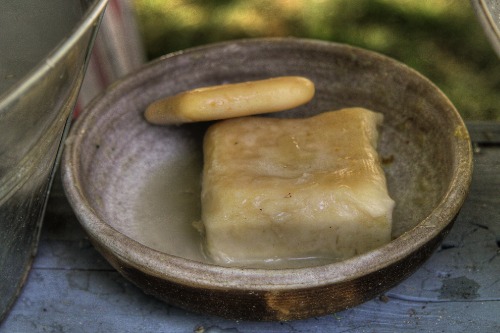
Soap wasn’t something you picked up at a store—it was often homemade and harsh. Made from lye and animal fats, it got the job done, but it could also irritate skin. In remote areas, soap might not even be available, so people would resort to scrubbing with sand or ashes. This helped scrape off dirt, but it wasn’t exactly gentle.
3. Laundry Was a Grueling Chore
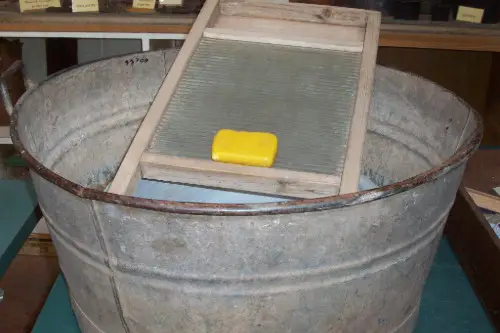
Doing laundry in the Old West was no small task. Without modern machines, clothes were scrubbed on washboards, boiled, and wrung out by hand. Soap was used sparingly, and water was reused until it was filthy. Many people didn’t wash their clothes often, and if you think jeans and wool shirts were smelly, you’re probably right!
4. Teeth Cleaning Was Primitive
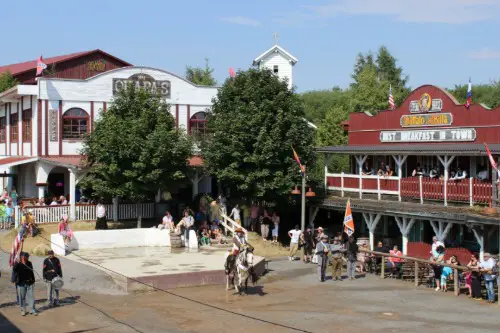
Dental hygiene wasn’t a high priority, and toothbrushes were either nonexistent or crudely made from animal bone and bristles. Instead, people might use a stick or a rag to scrub their teeth—or rely on chewing herbs to freshen their breath. Cavities and toothaches were common, and if things got bad, you could look forward to a painful tooth-pulling session, likely without anesthesia.
5. Hair Care Was Simplistic (and Greasy)
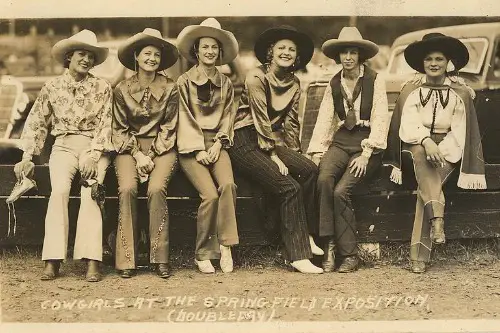
Shampoo wasn’t a thing, and washing hair happened infrequently. People used soap or rinsed with water, but more often, they combed out the dirt and oil. Some folks used grease or animal fat to style and protect their hair, which might explain the shiny look you see in old photographs.
6. Outhouses Were the Norm
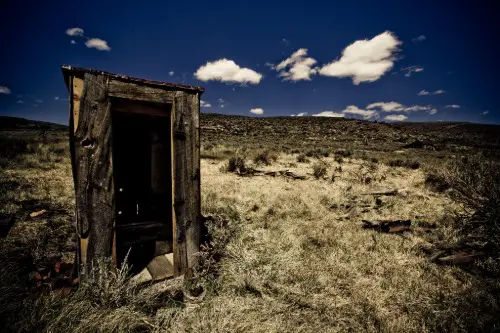
Toilet facilities in the Wild West were as rustic as you’d imagine. Outhouses were standard, consisting of little more than a wooden shack over a pit. If you were out on the trail, nature was your bathroom, and leaves or corn cobs often served as toilet paper. These setups weren’t exactly hygienic, but they were the only option.
7. Handwashing Was Barely a Thing
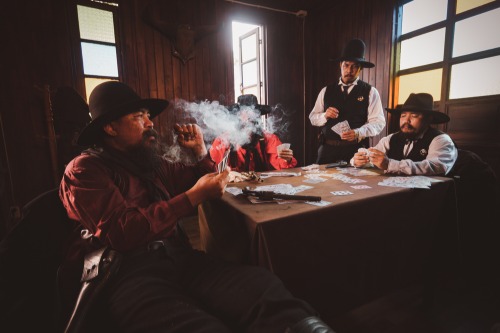
Since soap and water were limited, handwashing wasn’t common. This contributed to the spread of diseases, especially in communal settings like saloons and camps. People didn’t understand the connection between cleanliness and health, so the importance of washing hands wasn’t recognized.
8. Skin Care Was All About Survival

People in the Wild West faced harsh conditions: sunburn, windburn, and dry skin were everyday struggles. Instead of lotions, they relied on animal fat, beeswax, or homemade balms to protect their skin. These remedies were functional but often greasy and smelly.
9. Perfumes and Scents Masked Odors
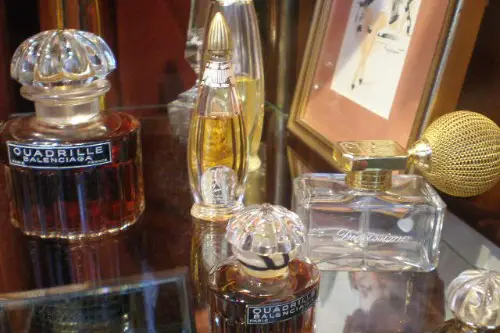
With hygiene taking a back seat, smells were part of life. To combat body odor, people used perfumes or herbal sachets. Lavender, mint, and rosemary were popular choices, often tucked into clothing to create a more pleasant aroma—or at least try to.
10. Doctors Were Rarely Clean
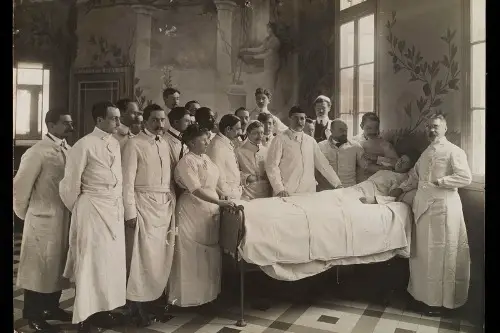
Medical hygiene was rudimentary at best. Doctors often reused tools without sterilizing them and didn’t wash their hands between patients. Surgery or wound treatment was a gamble; infection was almost guaranteed. The lack of hygiene standards meant many people died from what we’d now consider preventable causes.
11. Wild West Women Faced Extra Challenges
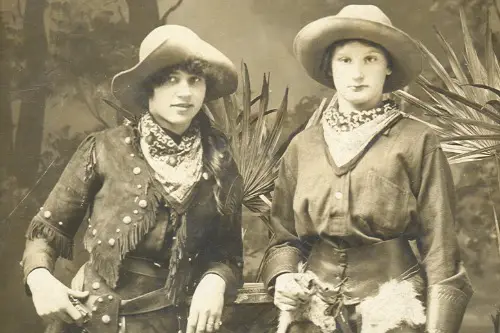
For women, managing hygiene was even trickier. Menstruation products were makeshift, often using rags or natural materials. Privacy was hard to come by, and bathing opportunities were limited, making staying fresh a constant challenge. Despite the hardships, women improvised and adapted as best as they could.


